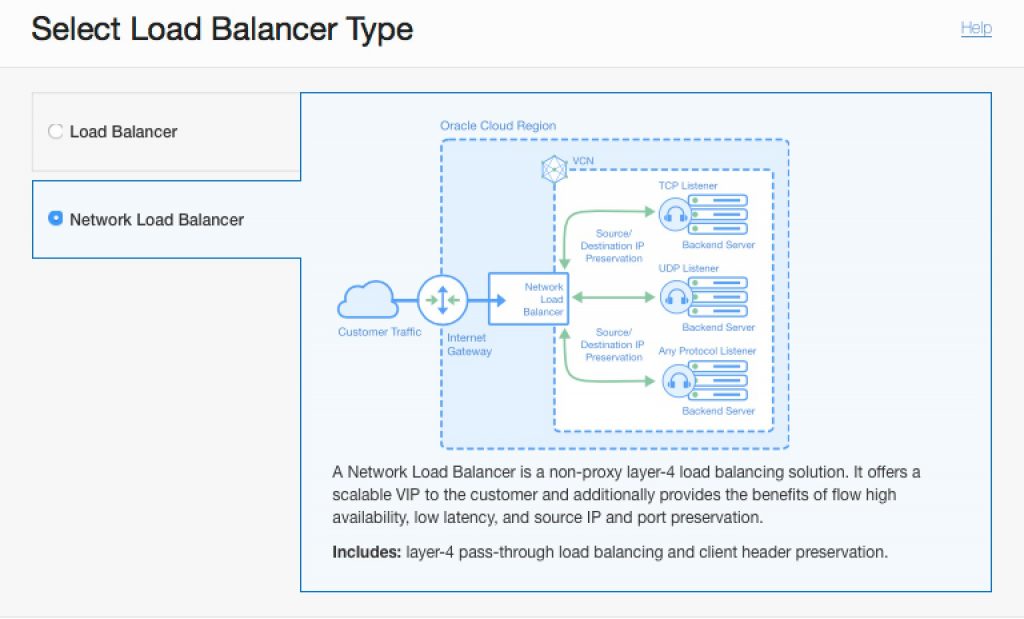Without load balancing, the cloud experience of end-users can crumble. It acts as the gateway between the users and the cloud infrastructure and is responsible for fulfilling the needs of the business.
Over the past few months, Oracle has introduced significant enhancements to its Load Balancing service and also introduced Oracle Cloud Infrastructure (OCI) flexible load balancing.

Image Credit -https://blogs.oracle.com/
As part of these changes, the new Flexible Load Balancer is now a layer 4 (TCP) and layer 7 (HTTP) proxy to support features such as SSL termination and advanced HTTP routing policies. It brings incredible flexibility to the end-user and allows you to choose a custom minimum bandwidth and an optional maximum bandwidth, which can be in the range of 10–8,000 Mbps. It can help you in keeping your costs under control and also allow you to scale up anytime when you see a consistent increase in traffic.
Such a load balancing solution works especially well for latency-sensitive workloads that can include real-time streaming, VoIP, Internet of Things, and trading platforms. Moreover, the OCI Flexible Network Load Balancer enables you to deploy firewalls and intrusion detection systems, behind a single regional IP address.
In short, the OCI Flexible Network Load Balancer is a new-age advancement that offers enterprise-grade flexibilities and services in a cost-effective way.

